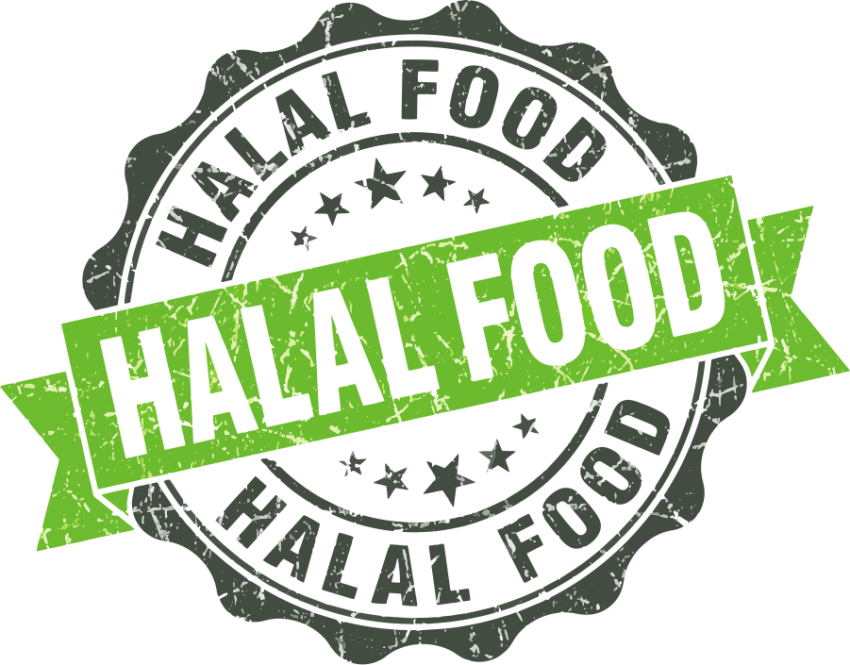Halal food refers to food items and beverages that are prepared under Islamic dietary guidelines. Halal food products include meat and poultry, bakery and confectionery items, processed food, dairy products, snacks, and ready to eat food among others. Growing Muslim population across the globe is generating significant demand for halal certified food items. Rising affluence among Muslim consumers is encouraging them to diversify their dietary preferences and try distinctive and premium halal food options.
The global Halal Food Market is estimated to be valued at US$ 992.19 Mn in 2023 and is expected to exhibit a CAGR of 6.9% over the forecast period 2023 to 2030, as highlighted in a new report published by Coherent Market Insights.
Market Opportunity:
The global Muslim population stood at 1.9 billion and is projected to reach 2.76 billion by 2050. However, the supply of halal certified food products is still unable to meet this growing demand. Developing economies with large Muslim populations like Indonesia, Pakistan, and Nigeria currently import a significant share of halal meat and processed food to fulfil the requirements of their population. Local players can gain an edge by ramping up domestic production of halal food and catering to the unmet demand. This presents a multi-billion dollar market opportunity for companies who invest in developing the halal food infrastructure and supply chain in high potential developing markets.
Porter’s Analysis
Threat of new entrants: The halal food market has moderate threat as entry barriers like capital requirements and established distribution channels make entry difficult for new players.
Bargaining power of buyers: Buyers have moderate bargaining power due to the presence of several buyers and substitutes. Switching costs are low for buyers.
Bargaining power of suppliers: Suppliers have low to moderate bargaining power due to the availability of substitutes and relationship with buyers.
Threat of new substitutes: Threat from substitutes is low as halal food has religious significance.
Competitive rivalry: Intense as players compete on basis of pricing, promotion, quality and distribution.
SWOT Analysis
Strength: Growing Muslim population globally, rising disposable incomes. Strict quality standards ensure safety and hygiene.
Weaknesses: Lack of unified certification process increases compliance costs. Limited availability in certain regions.
Opportunities: Untapped growth markets in Africa, Eastern Europe and Latin America. Innovation in product offerings to suit changing tastes.
Threats: stringent regulations around halal claims and logistics. Rising input costs affect margins.
Key Takeaways
The Global Halal Food Market Size is expected to witness high growth due to rising Muslim populations and their spending power. The Asia Pacific region dominates the market currently due to large Muslim populations in Indonesia, Malaysia and Pakistan. It is estimated that the Asia Pacific halal food market will grow at a CAGR of over 7% until 2030.
The Middle East and Africa regions offer lucrative opportunities for growth. Countries like Saudi Arabia, United Arab Emirates, Egypt and Nigeria are major halal hubs and are forecast to experience increased demand. Certification frameworks are being strengthened to facilitate global trade flows within these regions.
Key players operating in the halal food market are Cargill Inc., Al Islami Foods, QL Resources Sdn Bhd, Haoyue Group, Kawan Food Berhad, BRF S.A., Saffron Road Food. Players are focusing on product innovation, expansions and acquisitions to strengthen their positions. Partnerships along the supply chain are also enabling improved access to growing markets.
Note:
1. Source: Coherent Market Insights, Public sources, Desk research
2. We have leveraged AI tools to mine information and compile it

